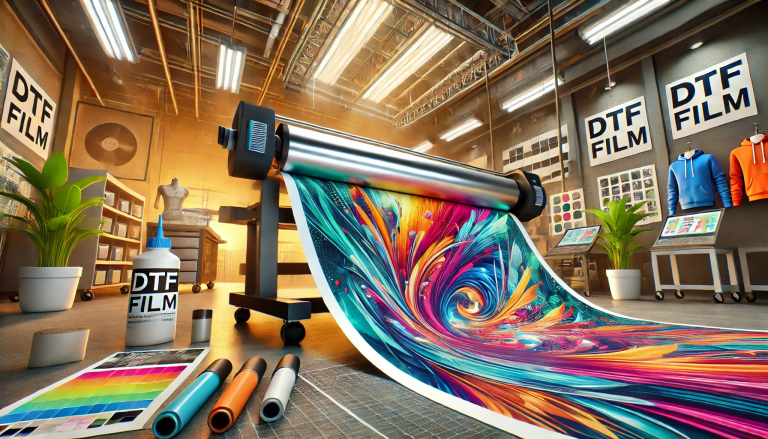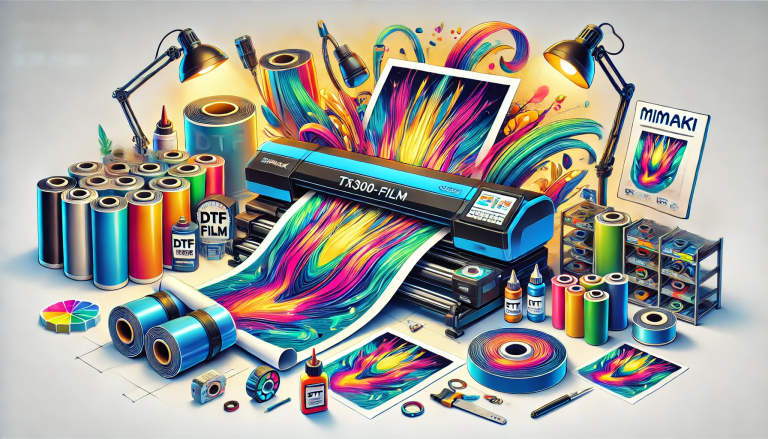“How to Do Direct-to-Film Transfers: A Beginner’s Guide” -MAXDTF- UV DTF transfer Film Factory, UV DTF Decal Wholesale, Made in China
If you’ve ever come across vintage film footage or have an old home movie reel, you might have wondered about the possibility of transferring it directly to a digital format for preservation, sharing, or editing. Direct-to-film transfer, often known as telecine, is a process that has been around for years and involves transferring motion picture film into video form. This guide will walk you through the basic steps to do a direct-to-film transfer, so you can bring those nostalgic moments to the digital age.
What you’ll need:
- Film to Transfer – This might be 8mm, Super 8, 16mm, or 35mm film.
- Film Projector – Specific to the type of film you are transferring.
- Digital Video Camera or Camcorder – This will capture the projected film.
- Screen or Projection Surface – A white, smooth, and clean surface is ideal.
- Dark Room – To minimize reflections and ensure good capture quality.
- Computer with Editing Software – For capturing and editing the recorded video.
Step-by-Step Direct-to-Film Transfer:
1. Preparation:
a. Inspect the Film: Before you start, check the film for any damage, dirt, or mold. Clean it gently if necessary. b. Prepare the Room: The room should be dark. Close any blinds and turn off lights that aren’t needed.
2. Setup:
a. Set up the Projector: Load the film into the projector, ensuring it’s threaded correctly. b. Position the Camera: Set your digital video camera or camcorder on a tripod opposite the screen. Make sure it’s level and pointed straight at the screen, capturing the entire projected area. c. Test the Setup: Play a short segment of the film to ensure everything is working smoothly. Check that the camera captures the projection without any distortions, flickering, or reflections.
3. Recording:
a. Start the Film and Camera: Start the film projector and then immediately begin recording on your camera. Ensure that you have enough battery and storage to capture the entire length of the film. b. Monitor the Transfer: Keep an eye on both the projector and the camera to ensure no problems occur during the transfer.
4. Post-Transfer:
a. Transfer the Video to Computer: Connect your camera or camcorder to your computer and transfer the recorded video. b. Edit the Video: Using video editing software, you can now crop, adjust brightness/contrast, and make any necessary edits. Most importantly, you might want to adjust the speed. Some film footage may not play back at the correct speed when captured, so you’ll want to adjust it to appear natural.
5. Backup & Share:
a. Backup the Video: Always make at least one backup of your transferred video. Cloud storage, external hard drives, or DVDs are good options. b. Share: Now that you have a digital copy, you can easily share your footage with friends and family or upload it online.
Conclusion:
Direct-to-film transfers are a wonderful way to preserve memories and bring the past into the digital age. While the above method is a DIY approach, remember that professional services are available and may offer higher-quality transfers with specialized equipment. Whether you choose to do it yourself or opt for a professional service, preserving your film footage ensures that it will be available for future generations to enjoy.




